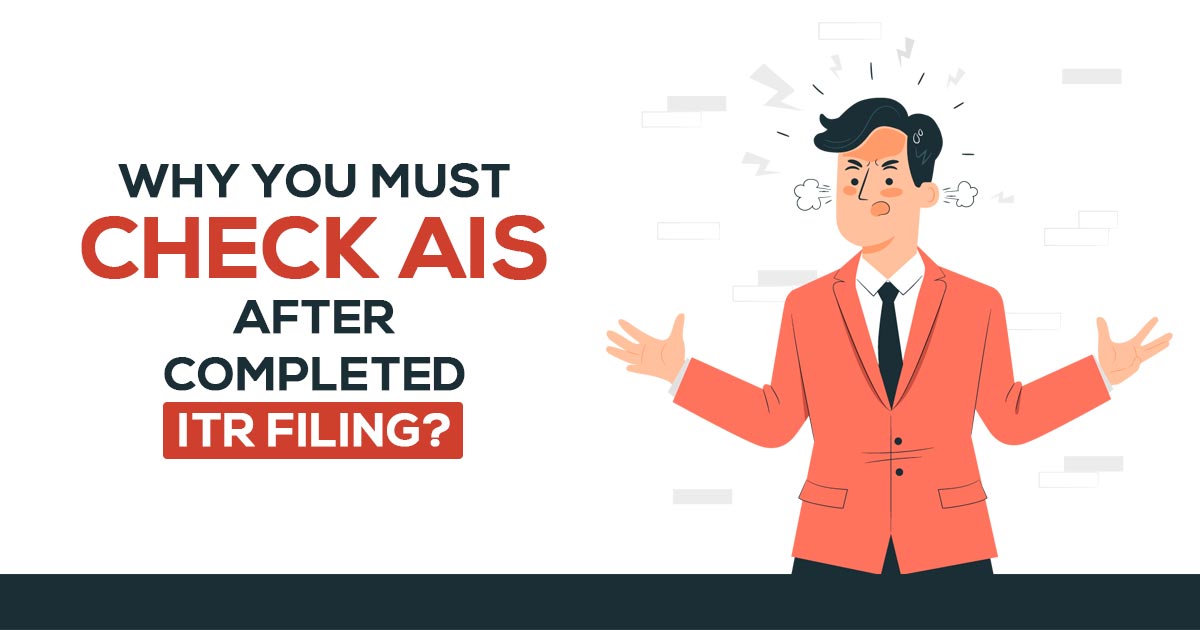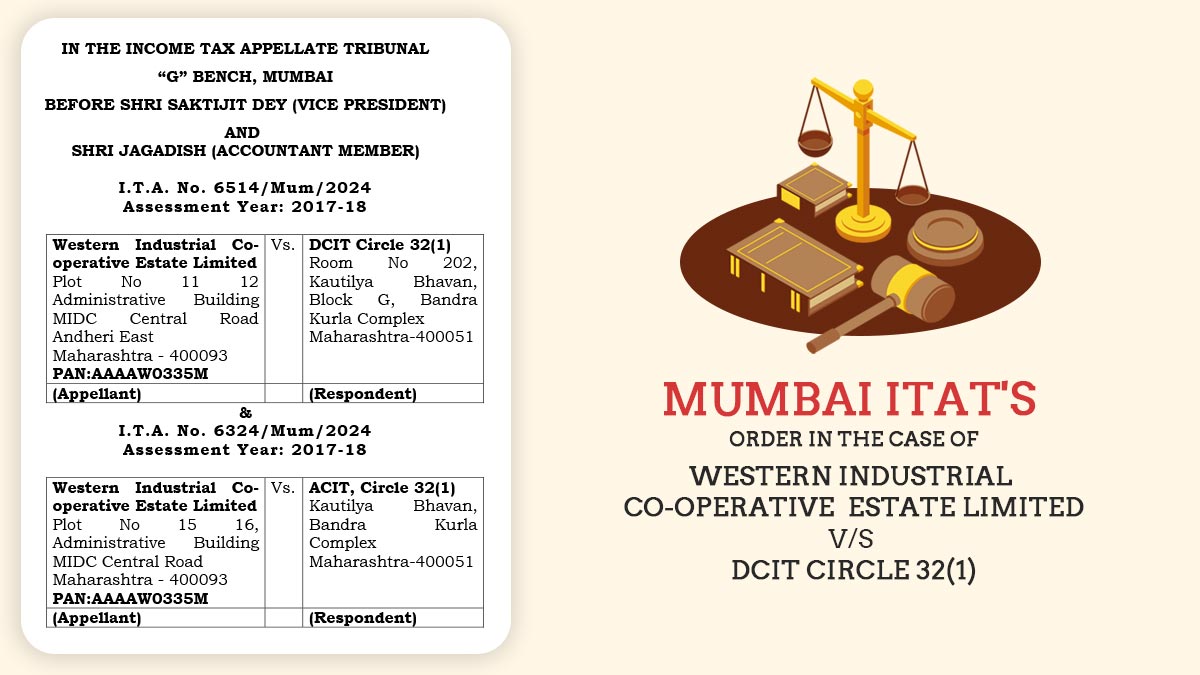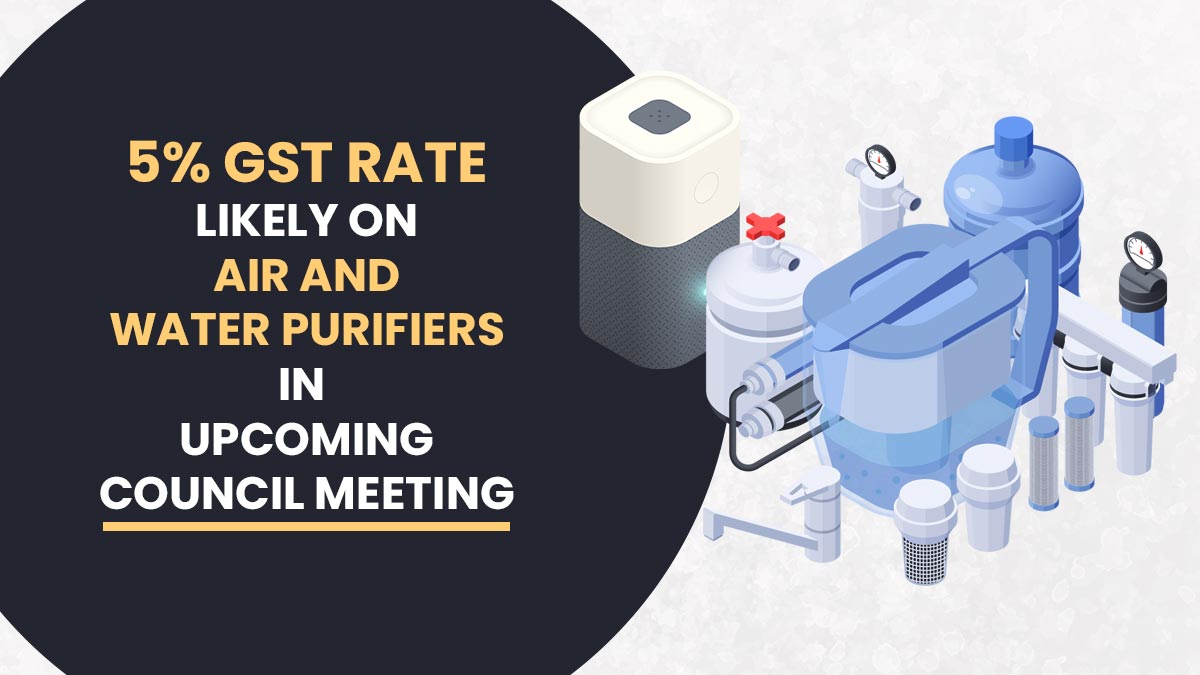
Are you relieved that the income tax return filing season is over? But, for some assessee, receiving the return processing notification isn’t finished off the process this year. Since Budget 2022 various revisions would have been made within the laws of tax, which directed that you need to open your tax file again despite filing the returns.
Dynamic Annual Information Statement Form Challenges for Taxpayers
One such change is the introduction of an annual information statement (AIS), which, along with the e-verification scheme established in March 2023, may result in notices asking you for clarifications on certain points that the income tax department’s artificial intelligence tools have been gathering.
According to tax professionals, completing the dynamic AIS form is challenging both during the filing of returns and after the returns have been submitted. Even after submitting the return, AIS continues to change. We submitted a return on July 25. This week, further data has emerged.
Certain information was unable to be fetched or duplicity in the data is there. The broker notified the details on shares and again NSDL (National Securities Depository Ltd) and CDSL (Central Depository Services Ltd). Joint property transactions are notified in both the names of the joint holders.
In AIS, incorrect reporting occurs on occasion. Even after the returns have been submitted, the AIS must be matched again. If a TDS (tax deducted at source) discrepancy is noted as a result of a revision request in the other party’s AIS, corrections must be made in your return as well.
According to tax experts who spoke with Moneycontrol.com, their clients were requesting that they delay filing the forms because of such little and significant changes. However, they were informed that given the little time left before July 31, it was not feasible to include revisions in the return.
Financial services companies updated their data depending on their cycles, which led to these adjustments. For instance, while certain asset management organizations delayed releasing dividend information, other banks delayed TDS data.
If someone has deducted TDS for rent of more than Rs 50,000, they may file their income tax return after your return has been submitted, as brokers continue to supply capital gains information.
Taxpayers Struggling to Locate Information They’ve Forgotten
Bisakha Durt, a real estate broker in Noida, got a call from her CA last week requesting information about a certain bank account. She stated that an application had already been submitted to shut down the aforementioned bank account because it had not been utilized for the previous 10 years. However, after completing the taxes, this bank account had some interest income, which was recorded in her AIS.
AIS, as a dynamic form, has recently announced dividends for the following fiscal year, which will be deposited around June 30-31. The data in the AIS is jumbled and not stated by year. Individuals rely on bank data up to March 31, further complicating problems. However, interest and dividend credits are being made up until mid-April.
Professionals said that they sought to match the facts indicated in the bank statement and the AIS and filled the highest of the two figures into the forms to avoid tax issues.
Correction in ITR Returns
Chartered accountants advise filing a revised income tax return if any new and accurate information is discovered to avoid taking any significant action. Since we filed the taxes based on the information given by the customers, we anticipate more revisions to the returns this year.
However, there may be opportunities for additional follow-up following return revision as well.
Under Section 143 (1), the assessing officer may provide you with an intimation even after you have revised your income tax return. If there is a discrepancy between the reported income and the AIS after the return has been processed, the department may issue you a notice under Section 148(A) asking you about the income you have declared on the return.
New Scheme for ITR e-verification Process
In addition to electronically checking your ITR returns, a mechanism has been established to accept or reject the data obtained against you. By this, the I-T department notifies taxpayers to confirm the correctness of the information, particularly where there is a disparity between the data the department has collected and the figures the taxpayer has revealed in the return. Last year, around 66,000 of these e-verification letters were sent.
If you get one of these notices, you have the specified amount of time to reply to it. While there is no cause for concern if you have declared your income accurately, if the information gathered by the I-T department is discovered to be accurate and you have attempted to escape taxes—intentionally or unintentionally—you would need to fix the error and pay the taxes.
Proper Reply of ITR E-verification
You must also file an amended return if the notification relates to returns that were filed more than two years ago. Depending on the tax authorities and the instructions included in the notice, you may need to file an amended return or just respond to an e-verification notice as usual. Generally, tax authorities specify the precise response processes, which may involve using an updated return option or using a regular response channel.
To identify the appropriate response strategy, carefully read the warning and any accompanying instructions. Failure to comply might result in delays or potential fines. The repercussions of not responding to the e-verification letter may include “rejection of the tax return, which may result in additional investigations, penalties (fines and additional interest), or audits.” Increased scrutiny, including inquiries into the taxpayer’s affairs, may occur; this might have legal repercussions as well.
Complex Feedback Process
The feedback system for AIS that has been made available to people under the e-verification scheme, according to chartered accountants, has only four options: information is right, income is not taxable, income refers to another Permanent Account Number (PAN) or year, and information is duplicate. There are no further ways to provide your feedback.
In mid-July, the Central Board of Direct Taxes received a letter from the Chartered Accountants Association, Ahmedabad, expressing concern about the chaos brought on by e-verification and requesting that it be simplified.
We have requested that the department decrease informational redundancy, the taxpayers’ compliance cost, and any ensuing data mismatches with income tax returns. According to one association member who asked to remain anonymous, we haven’t seen any movement on the issue as of yet.
The letter also emphasized the suffering of those who had reserved real estate by making instalment payments. No sale deed or other paperwork has been registered even though TDS has been paid. However, the AIS shows such payments, which is confusing.
Avoid Tax Fraudsters
Many others have also gotten reimbursements as a result of the returns processing. But in addition to legitimate returns, bogus links to receive refunds are also circulating. A taxpayer told a story of a cyberattack in which she received an email with a verification link. It was discovered to be a hoax.
Since tax authorities prefer to communicate by email these days, it is simple to confuse a bogus email for a notification or an e-verification request. However, after you log in to the online tax portals, any warning or contact will be shown under the “Pending actions” page.
Additionally, taxpayers should confirm the sender to protect themselves from fake links and other frauds. Typically, tax authorities would utilize official email addresses or unique domain names. Email links should not be clicked. To reduce the danger of phishing, manually input the URL of the tax authority’s official website into the browser.
Every notice comprises of DIN number. The notices or letters (excluding than e-verification scheme, 2021 for FY 2020-21 and onwards) in which the IT department would secure certain details on your transactions secure a DIN pre-fixed with the deep information. These may be viewed on the portal, and you can react using the tab next to the notice.









